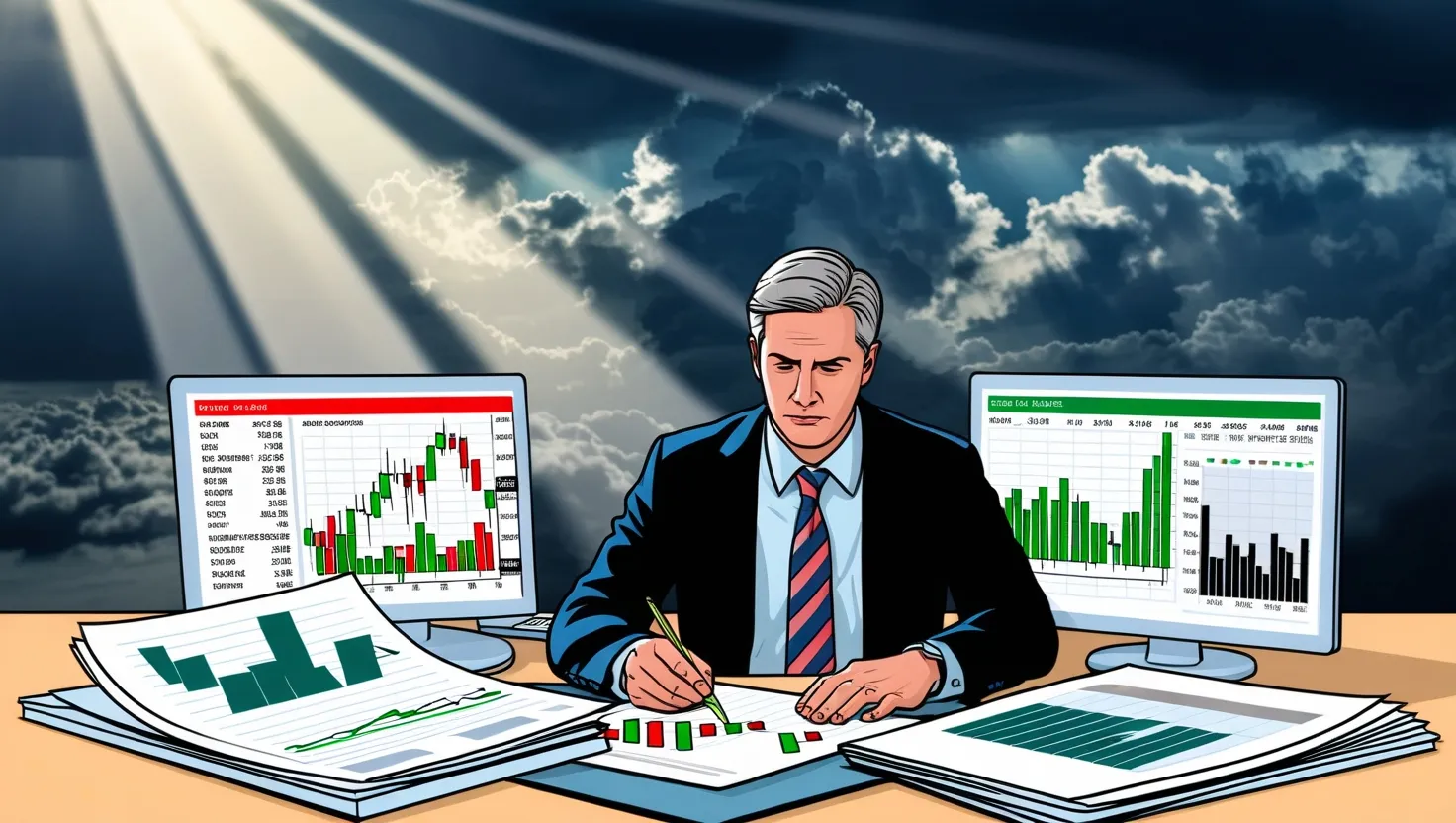When it comes to managing risk in your investment portfolio, traditional methods like diversification and hedging are well-known, but there’s a more nuanced and powerful approach that leverages the principles of fractal geometry. Imagine your portfolio as a complex, self-similar structure where risk management strategies repeat at various levels, creating a nested system of protective measures that mirror each other across different scales of your investments.
The Fractal Approach to Risk Management
To understand this concept, let’s start with the basics of fractals. In the context of financial markets, fractals refer to patterns that repeat at different scales. This self-similarity can be applied to risk management, allowing you to craft a robust framework that is both flexible and resilient.
Scaling Protective Strategies
Think of your investment portfolio as a fractal structure where each part is a microcosm of the whole. This means that the risk management strategies you apply to individual stocks should be similar to those you use for sector allocations and your overall portfolio composition. Here’s how you can implement this:
For individual stocks, you might use fractal analysis to identify potential turning points. When a fractal pattern forms, it can signal a reversal in the stock’s price trend. By waiting for these patterns to emerge, you can avoid false signals and increase the probability of successful trades. For example, if you spot a bearish fractal forming at the peak of a bullish trend in a particular stock, it could signal a potential reversal and a downtrend, prompting you to adjust your position accordingly[2][5].
Sector Allocations
At the sector level, you can apply similar principles. By analyzing fractal patterns across different sectors, you can identify broader market trends and adjust your sector allocations accordingly. For instance, if a fractal pattern indicates a reversal in a specific sector, you might reduce your exposure to that sector while increasing it in sectors showing bullish fractal patterns. This helps in maintaining a balanced portfolio that is resilient to sector-specific risks.
Portfolio Composition
At the highest level, your overall portfolio composition should also reflect this fractal approach. By diversifying your trades across different markets or assets, you can reduce the impact of a single market event on your overall portfolio. This is not just about spreading your investments across various asset classes but also about ensuring that the risk management strategies applied at each level are consistent and complementary. For example, if you have a portfolio with a mix of stocks, bonds, and real estate, each of these components should have its own set of fractal-based risk management strategies that align with the overall portfolio strategy[1][3].
Combining Fractals with Other Indicators
Fractal analysis works exceptionally well when combined with other technical analysis techniques. By integrating fractal analysis with indicators like moving averages, trendlines, and Fibonacci retracements, you can further enhance your decision-making process. For instance, waiting for a fractal pattern to form at or near a key Fibonacci retracement level can provide a higher probability of a price reversal. This combination helps in narrowing down the options and making more informed trading decisions[2].
Risk Management Techniques
Effective risk management is crucial in this fractal risk landscape. Setting stop-loss orders based on fractal levels can help protect your capital and minimize potential losses. For example, when entering a trade based on a fractal, you should set a stop-loss order below (for long positions) or above (for short positions) the fractal’s low or high. This ensures that if the trade goes against you, your losses are limited. Similarly, using take-profit orders based on fractal patterns can help you lock in gains at the right time[5].
Market Correlation and Diversification
Understanding market correlation is another key aspect of fractal risk management. By diversifying your trades across different markets or assets, you can reduce the impact of a single market event on your overall portfolio. This approach helps to mitigate risks and safeguard your investments against sudden market fluctuations. For instance, during volatile market conditions, a short-scale preference strategy can be more effective in controlling risk, while a long-scale preference strategy might be better suited for steady market conditions[1][3].
Long-Term Memory and Past Events
Markets have a long-term memory, meaning past events can influence future behavior. By incorporating historical data into your analyses, you can better understand the fractal nature of markets. This involves recognizing that markets can remain illogical for longer than you can remain solvent, and thus, it’s crucial to learn to invest in a manner that contains losses if you are wrong and allows for outsized gains if you are right. This adaptive approach to decision-making is essential in navigating the unpredictable nature of financial markets[4].
Dynamic Risk Management
In a fractal risk landscape, risk management isn’t static; it’s dynamic and adaptive. You need to regularly reassess and rebalance your portfolio to adapt to evolving market conditions and different stages of the market cycle. This ensures resilience against uncertainties and helps in maintaining a consistent risk profile regardless of market conditions or portfolio size. For example, during periods of high market volatility, you might switch to a short-scale preference strategy to minimize risk, while in more stable times, a long-scale preference strategy could be more effective[3].
Real-World Application
To illustrate this concept further, consider a scenario where you have a portfolio composed of stocks, bonds, and real estate. At the individual stock level, you use fractal analysis to identify potential reversals. At the sector level, you adjust your allocations based on fractal patterns indicating broader market trends. At the portfolio level, you ensure that your overall composition reflects a balanced and diversified approach, with risk management strategies that are consistent across all levels.
For example, if a bearish fractal forms in the technology sector, you might reduce your exposure to tech stocks while increasing it in sectors showing bullish fractal patterns, such as healthcare. Simultaneously, you ensure that your overall portfolio maintains a balanced mix of asset classes, with stop-loss and take-profit orders set based on fractal levels to protect your capital and lock in gains.
Conclusion
Managing risk in your investment portfolio is not just about safeguarding against losses; it’s about creating a dynamic and resilient framework that adapts to changing market conditions. By applying fractal geometry to risk mitigation, you can craft a nested system of protective measures that mirror each other across different scales of your investments. This approach ensures that each part of your investment strategy becomes a microcosm of the whole, offering protection that is as intricate as it is comprehensive.
In this fractal risk landscape, risk management is not just a safeguard; it’s an integral part of your investment DNA, providing a dynamic shield against market volatility at every level of your financial ecosystem. By embracing this approach, you can navigate the unpredictable world of financial markets with a more realistic and resilient strategy, ensuring that your investments remain protected and profitable over the long term.






